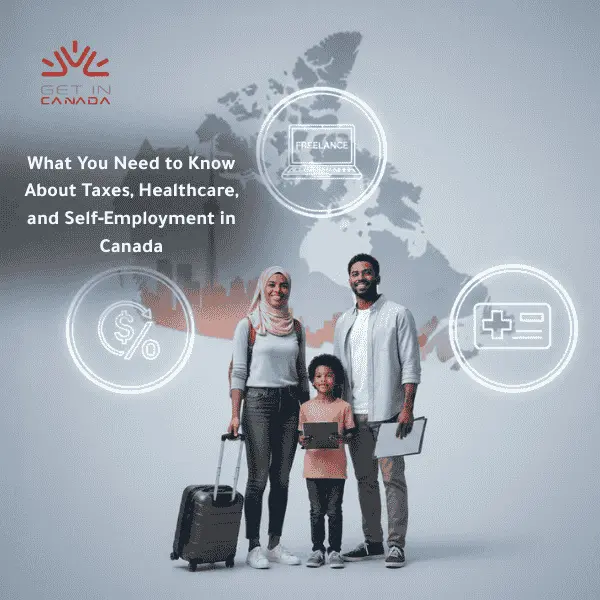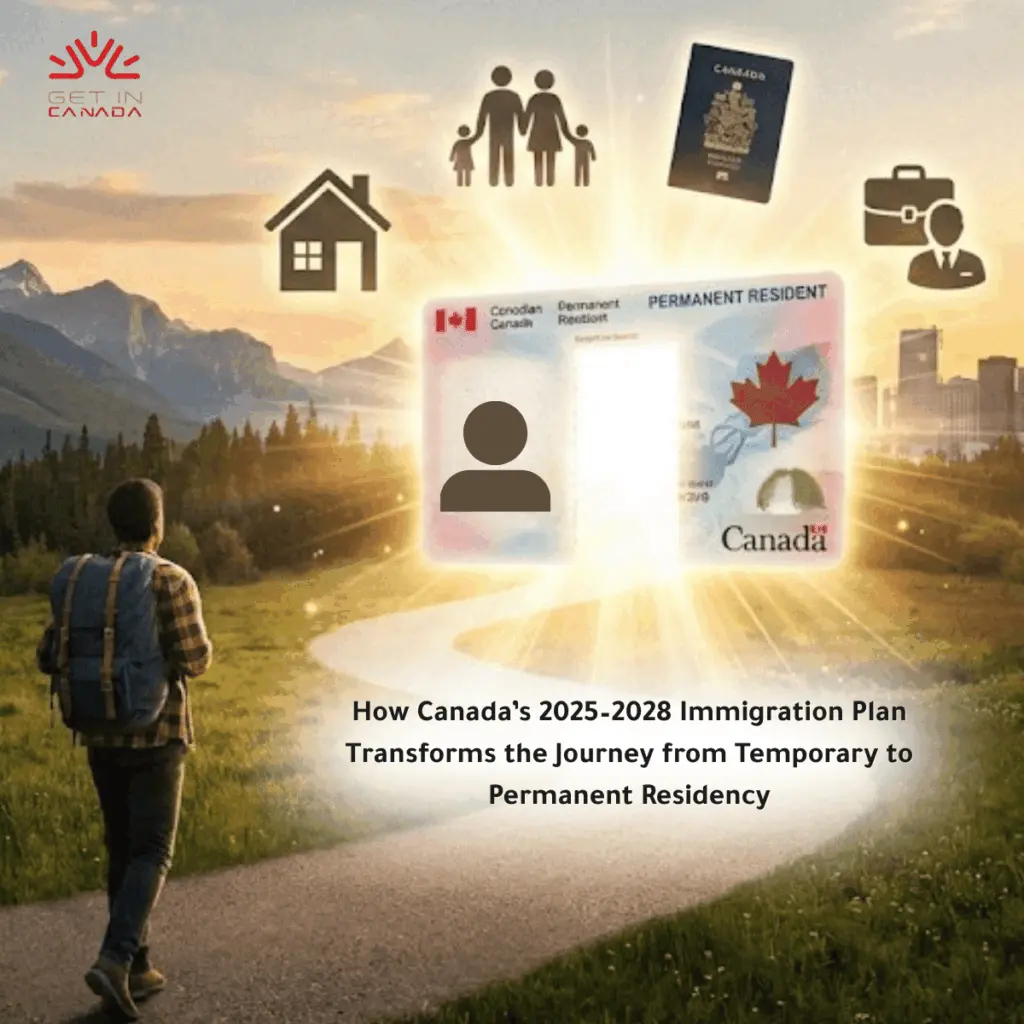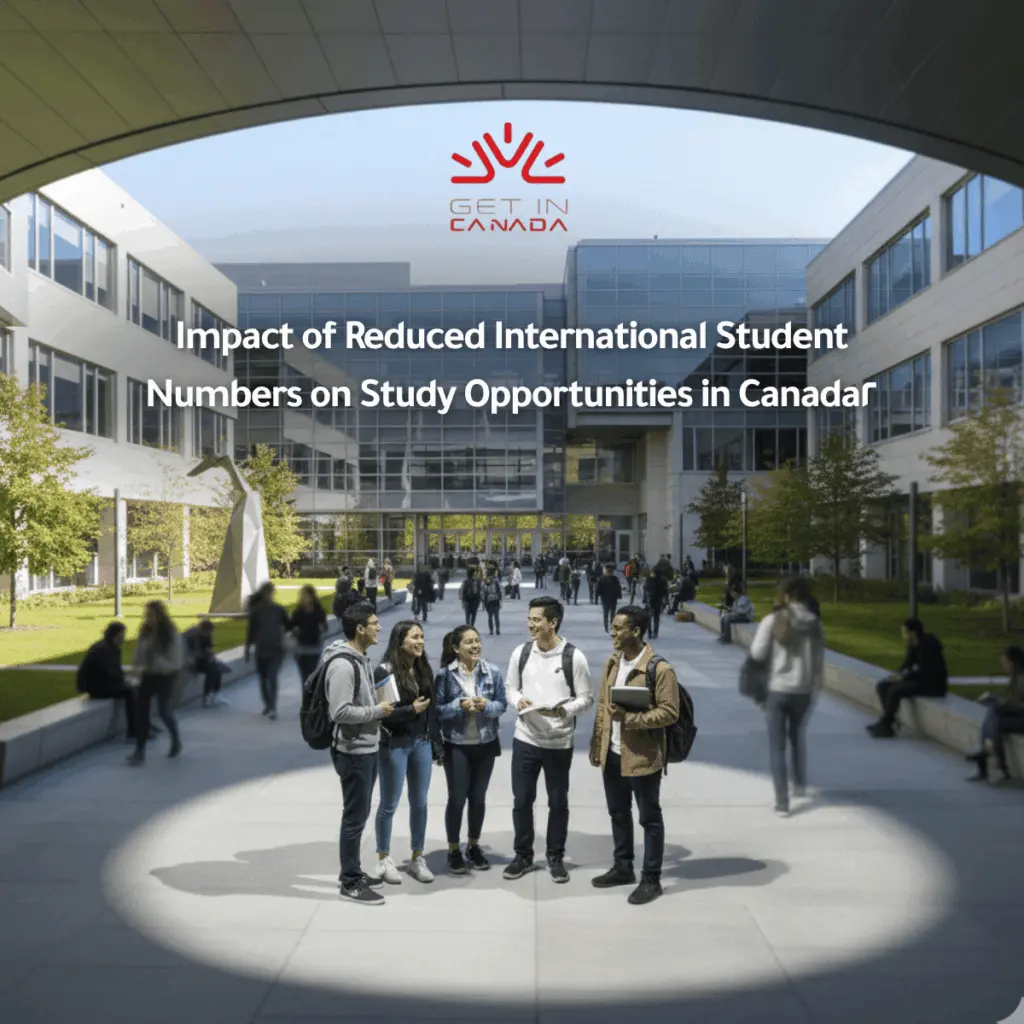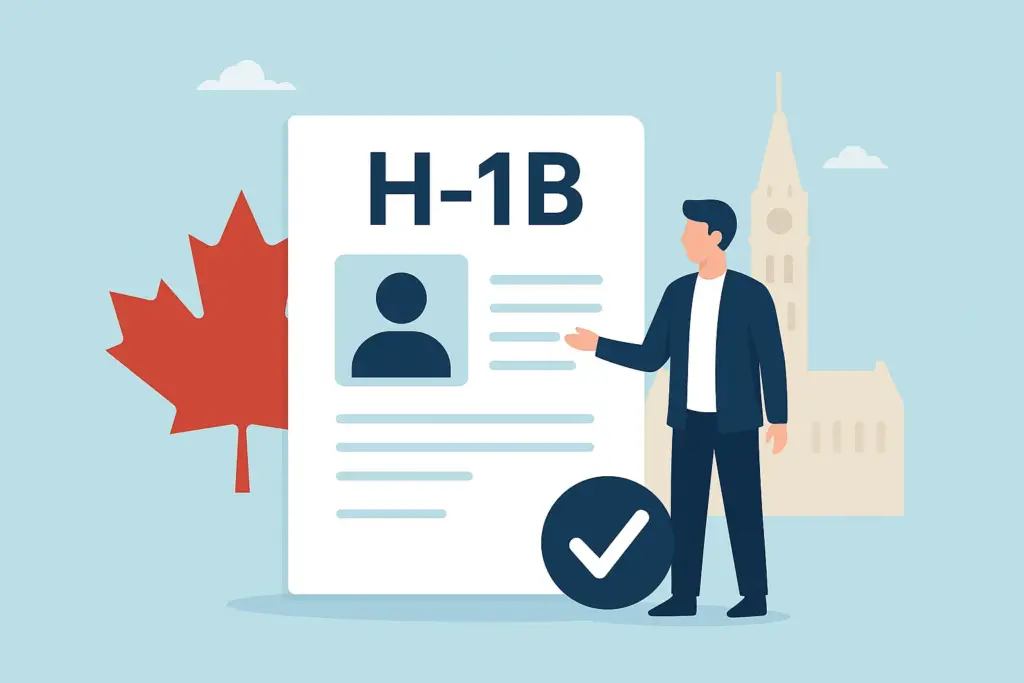Canada’s immigration system plans PGWP changes
Significant changes have been proposed to the Post-Graduation Work Permit and PGWP eligibility criteria by federal and provincial immigration officials. In changing the rules, the issuance of the PGWPs has tried to align with Canada’s labour market needs, mainly awarding the permits to students in high-demand occupations that can also limit the avenues of graduates coming out of other programs to such work permits. The Minister is also supposed to provide direction in spring 2024, to be implemented by January 2025. The step has been supported by an internal survey that targeted the views of stakeholders on ways of bringing educational programs in line with PGWP accessibility.
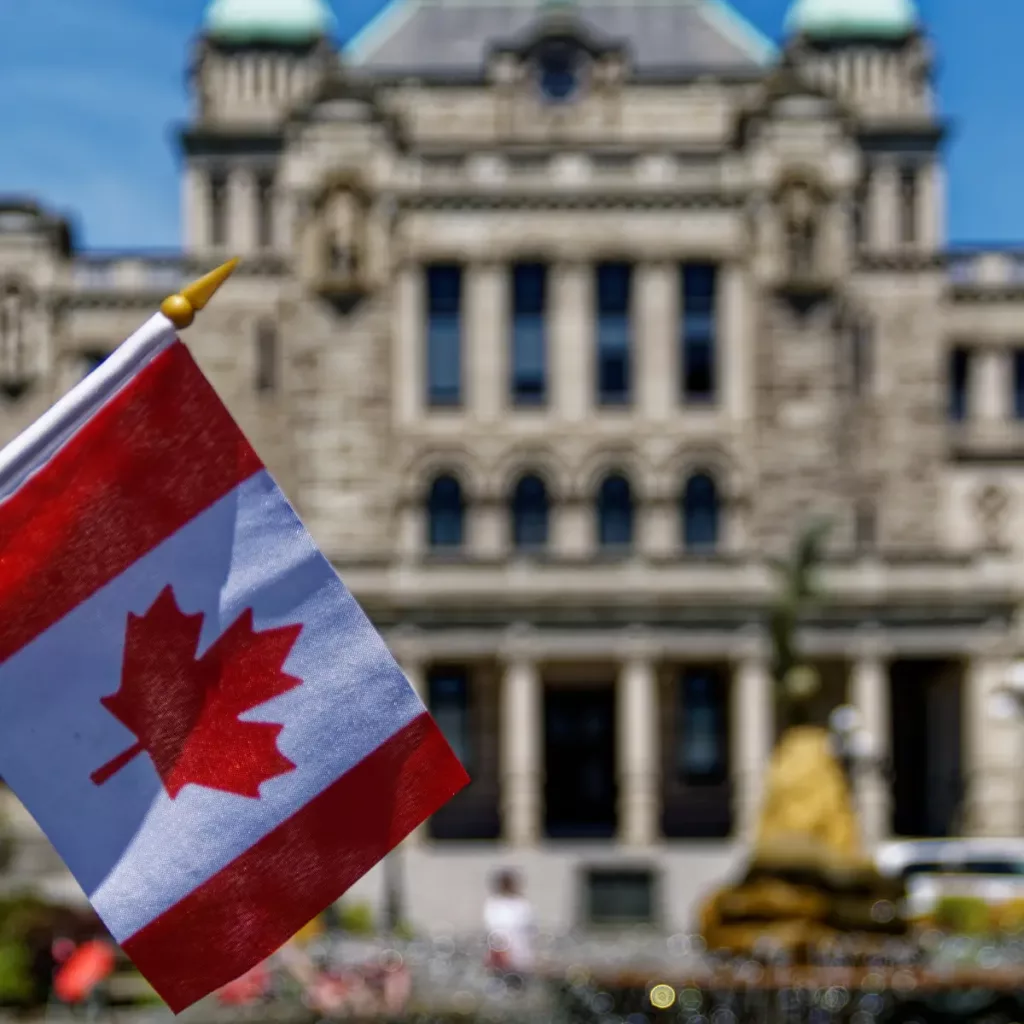
Implementation Plan for the New PGWP Rules
No clear detail exists on how the Canadian immigration department is set to implement these changes. However, the ‘plan of implementation was investigated through responses acquired from internal survey documents.
The identities of occupations with academic training have been harmonized in state documents. IRCC and ESDC have matched this against the list of academic programs. This step is taken to determine the academic program that will render an international student imbued with skills relevant to occupations that are in demand in Canada. This alignment involved matching the NOC system, which classifies occupations in Canada, to the CIP system, which classifies instructional programs according to the field of study. The internal document provides, as an example, the matching of the NOC code for “carpenter” to three specific programs of study: construction trades, carpentry, and woodworking/general.
Find out if you are eligible to get in Canada →
Rationale of Changes by the IRCC to the PGWP Program
The IRCC reformulates the PGWP to issue work permits to students in fields where labour is scarce and limit those degrees that are considered prolific.
The PGWP was last updated in 2008 when it started issuing open work permits to international graduates based on the duration of their studies. It represents a 214 percent increase from 2018 to 2023 in the issuance of PGWPs.
Further-reaching changes in the size of temporary residence in Canada, in terms of work or study permits and also visitor visas and electronic travel authorizations, by the IRCC point to further perceptions by the government. In January 2024, the government introduced an international student cap in what appeared to be a new policy shift where it incorporated temporary resident levels into the annual Immigration Levels Plan for the very first time in the country’s history. It is part of a strategy in which the government attracts and offers jobs to permanent residents and citizens as its priority and relieves pressure on its social infrastructure like healthcare and housing, among others, by regulating the number of new temporary residents coming into the country in any given year.
Impact on Immigration
The ability to accumulate Canadian experience is an important factor for international graduates in Canada in their quest to become eligible for most PR programs. Most federal and provincial economic PR pathways that are often suitable for international graduates usually require applicants to have at least one year of relevant work experience.
Should the proposed changes to the PGWP be enacted, they could have far-reaching implications for immigration processes in general and current international students in Canada.
As one considers the upcoming changes in Canada’s PGWP program, one could also realize that they are going to have deeper implications for international graduates and, more than that, for the overall immigration policy. As Canada readjusts its immigration policies to keep them in step with current economic demands, the changes it is proposing will help better assimilate international students into the employment sector and maybe modify avenues for permanent residency for them as well. They will have to be both vigilant and flexible for them to find a way through those numerous amendments that Canada’s immigration policies encounter. It will be the duty of the current international students, as well as those in the future, to be prepared.



